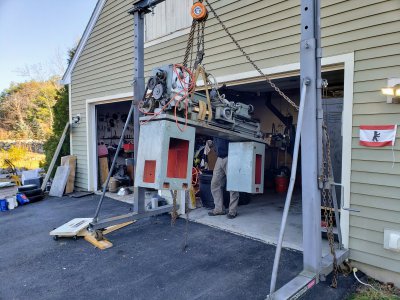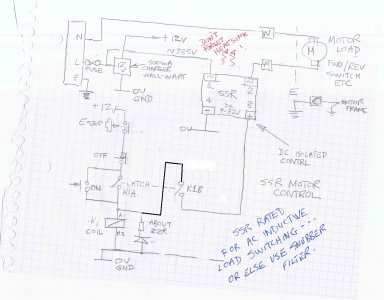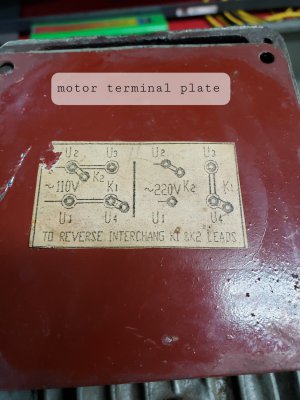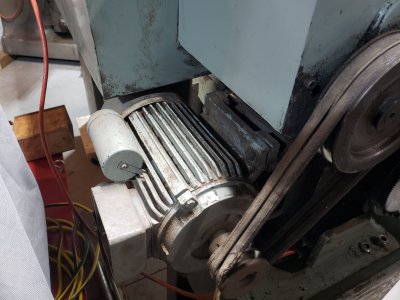- Joined
- Nov 1, 2022
- Messages
- 140
I just got this Yangzhou TY-CO632 Metal Lathe(sorry, no pics of it in my shop). In contrast to every other pic I’ve seen of this model lathe, mine has no control panel. No pilot light, jog button or estop button. No transformer, relays or contactors. It’s just 210v -> spindle switch -> motor.
Is it likely this is the way it came from the factory? Maybe a lower priced model?
Are there reasons I should consider adding the extra electricals? I’d like to have the features, so there’s that…

Is it likely this is the way it came from the factory? Maybe a lower priced model?
Are there reasons I should consider adding the extra electricals? I’d like to have the features, so there’s that…





